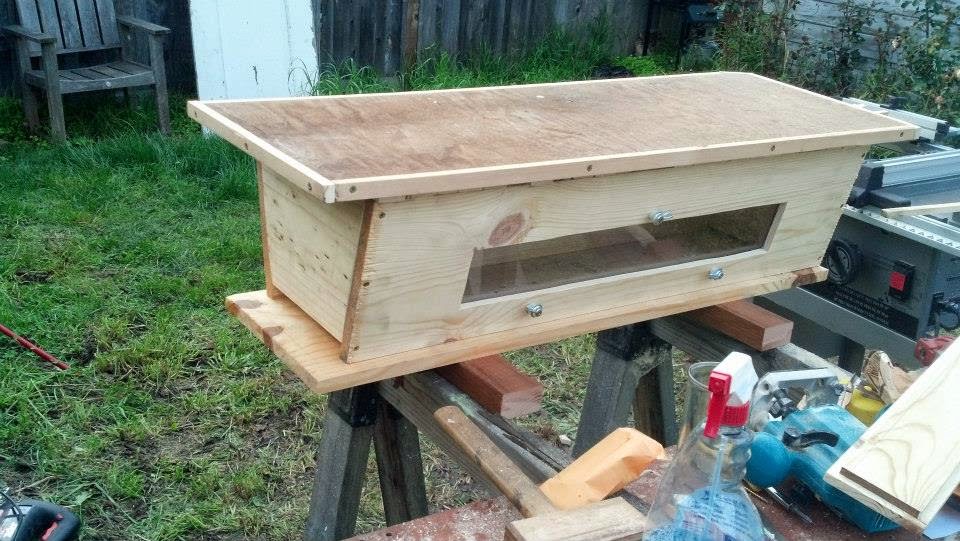I've been learning more about the different jobs in the life of a worker bee. I've also been able to take some pretty cool photos of worker bees as guard bees. At around 21 days the venom in a bee's stinger is at it's strongest. It is at this stage that workers guard the hive. Guard bees check out each and every bee that enters the hive. They can tell by the bee's odor if the bee belongs to the hive or not. They will sting workers of other hives and any other intruder; be it a wasp, yellow jacket, or mammal - skunk, raccoon, etc. They will defend the hive with their lives. When defending they also give off a pheromone that tells the other bees in the hive that there is an intruder. More and more bees will come and join in the fight and chase the unwanted away.
Here are a few pictures I took of bees guarding the hive.
Workers daring strangers to enter the hive.
Close up
Like offensive linemen protecting
the pocket for a quarterback .
to cool it and to help with nectar evaporation.
Just a close up that I like.




.jpg)





